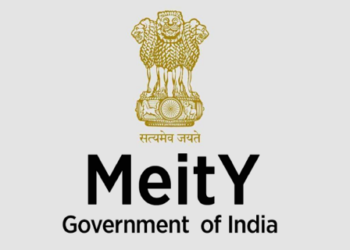Mumbai: Tata Communications, a leading digital infrastructure provider, and Primestream®, have joined forces to launch an enterprise-grade Media Asset Management (MAM) solution in the cloud. The new platform enables broadcasters, content owners and enterprises to capture, produce, manage and deliver media content on a global scale.

The solution enhances the efficiency of video production, file sharing, editing and publishing workflows, and makes collaboration between global teams more seamless. This is because it combines a cloud-based version of Primestream’s Xchange™ MAM solution, with Tata Communications’ cloud storage platform and high-performance Video Connect network. The service also features advanced file acceleration and an expandable object storage solution – ideal for disaster recovery or content archiving – all for a predictable monthly fee.

“Organizations across the world are experiencing rapidly expanding requirements to share content and metadata between sites at various stages of production,” said Claudio Lisman, President and CEO of Primestream. “The joint offering of Tata Communications and Primestream enables a centralised system that delivers new, efficient metadata-driven workflows to customers across the world. Working closely with Tata Communications is part of our commitment of building the most accessible, powerful and easy to use Dynamic Media Management platform in the cloud.”
“Sports, entertainment and news organizations are under pressure to bring their global audiences more and more content, live, 24/7, across different digital platforms, and in new formats such as UHD and live 360-degrees,” said Brian Morris, Vice President and General Manager, Media & Entertainment, Tata Communications. “In this high-pressure environment, it’s no longer viable for production teams to work in silos, with files scattered around on different hard drives across geographies. Our joint offering with Primestream unifies and simplifies Media Asset Management from capture to distribution, helping to meet audiences’ insatiable appetite for new video content, and more powerful viewing experiences.”
















